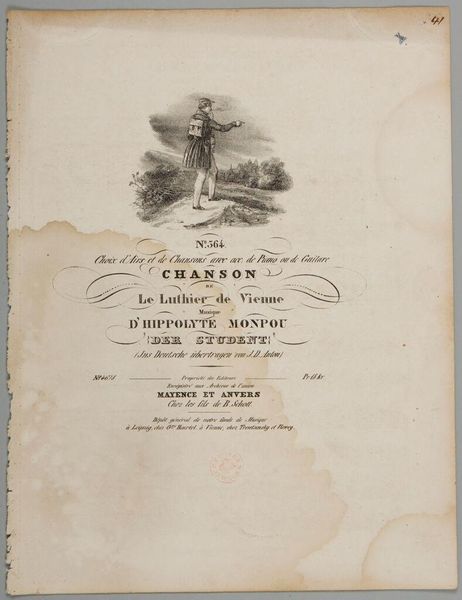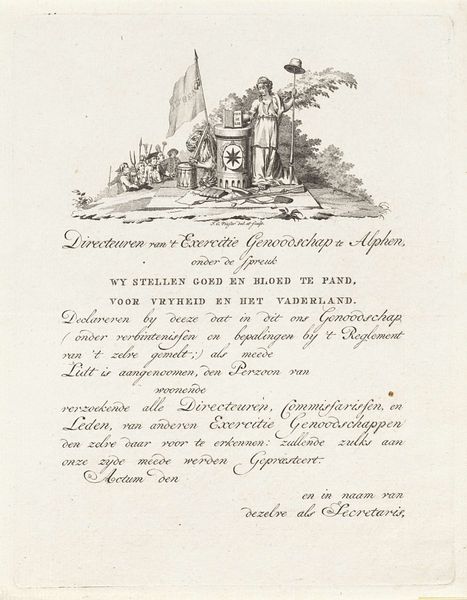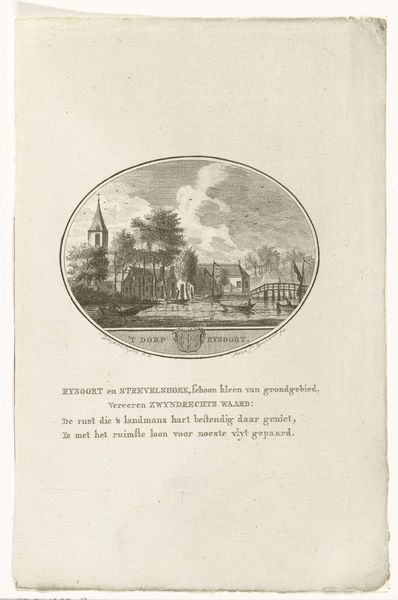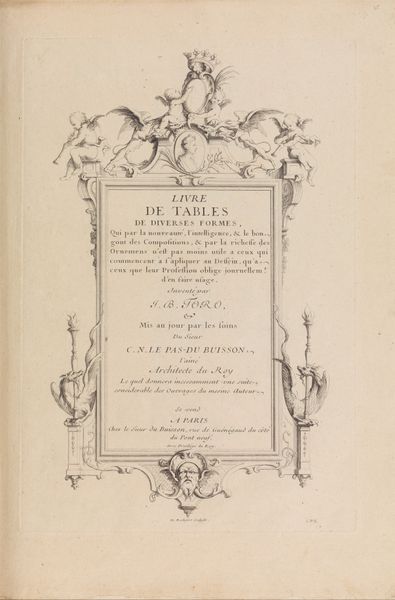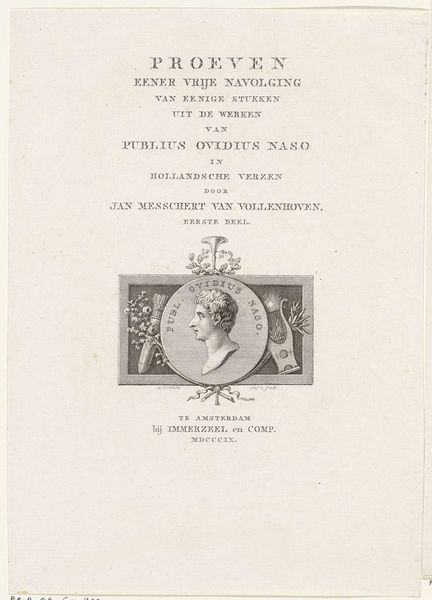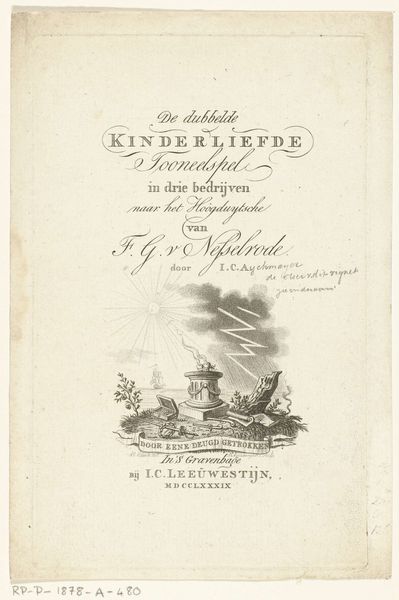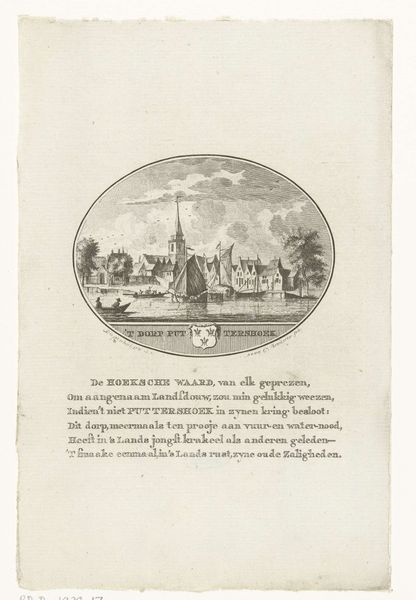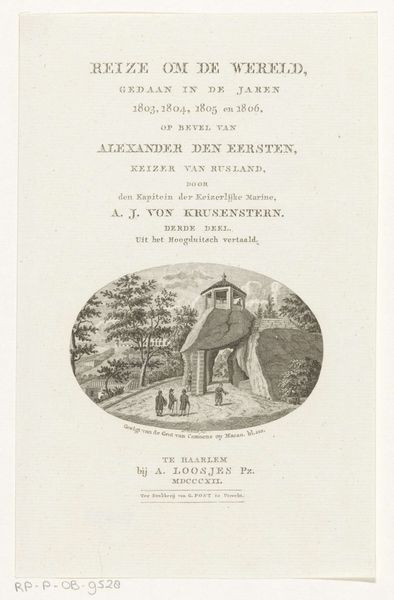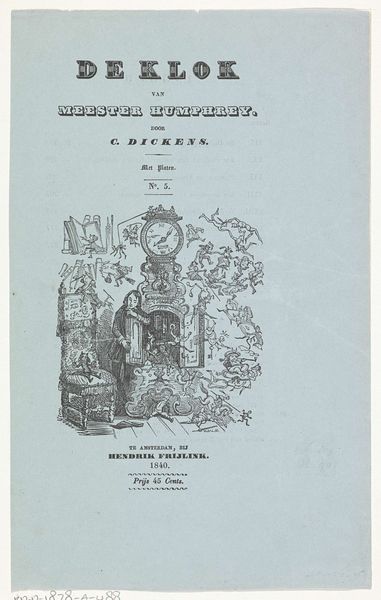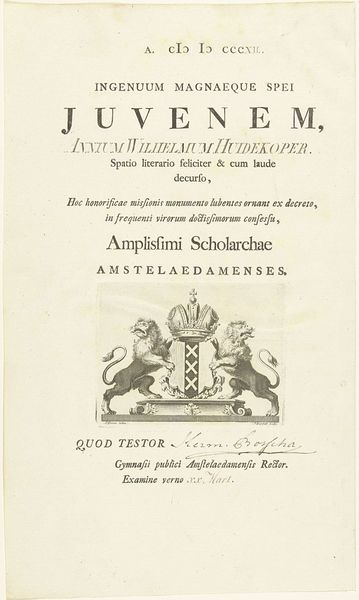
Titelprent voor: Verhaal van de belegering der Citadel van Antwerpen, 1833 1833
0:00
0:00
johangeorgelodewijkrieke
Rijksmuseum
print, engraving
# print
#
romanticism
#
cityscape
#
history-painting
#
engraving
Dimensions: height 235 mm, width 170 mm
Copyright: Rijks Museum: Open Domain
Curator: My first impression is bleak—desolate almost. Despite its small size, it feels monumentally tragic. Editor: You're responding to the mood so typical of Romanticism. This engraving, produced in 1833 by Johan George Lodewijk Rieke, functions as the title page for an account of the siege of Antwerp's citadel in 1832. Curator: "Siege" is definitely the right word. Even rendered so delicately, the ruined architecture speaks volumes. Buildings are rarely, if ever, neutral symbols. Editor: The buildings are powerfully symbolic. You see not just a city, but an historical entity wounded by warfare. We must recall the fraught socio-political environment during the time period. Curator: The ruined architecture absolutely anchors emotional impact, serving as a visible embodiment of fractured national pride or resilience? Are those townspeople I see gathering amid the destruction, as tiny, shadowed figures? Editor: They're not glorified, heroic figures, which fits. Instead, Rieke shows their presence as a continuation, and life does go on amid, the wreckage and rubble of the event. It’s about acknowledging, bearing witness to history, rather than overt celebration. Curator: This muted approach could amplify its longevity— avoiding propaganda while inviting longer contemplation from future audiences. The imagery of war is almost standardized, but what stories do you glean? Editor: Absolutely. What I see reflected back at us in this print is less a glorification of conflict and more of quiet lament and an invitation to reflect upon the aftermath. The crumbling facades feel almost prophetic, a reminder of human conflict's long-lasting impact, which can endure even in peacetime through memories and societal scarring. Curator: Well, for me it certainly humanizes history. It captures more about long memory through imagery, with a simple snapshot than the account likely could achieve in reams of dry military analysis, even almost two centuries later.
Comments
No comments
Be the first to comment and join the conversation on the ultimate creative platform.
